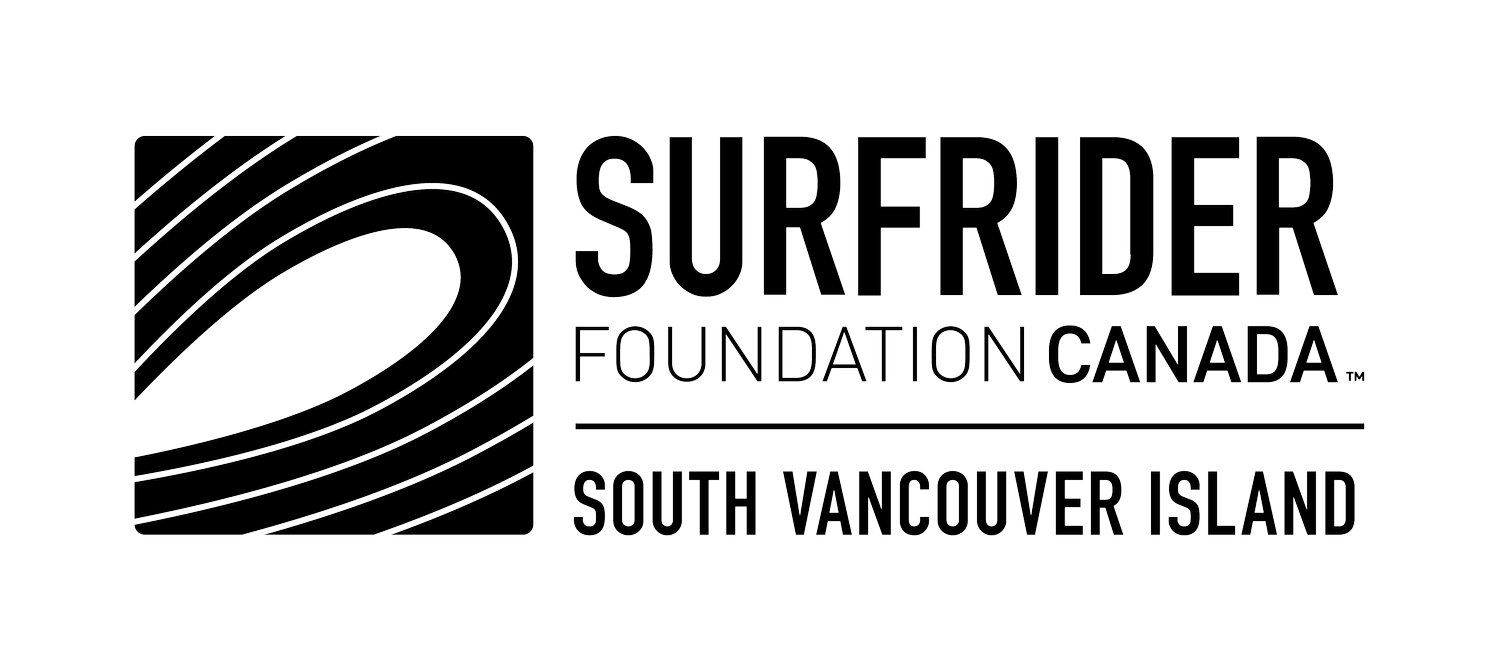S.O.S (Solidified Oil Spill) on Annacis Island
The heavy rains across the region this week led to thousands of plastic pellets flowing into the Audley Channel on Annacis Island, spilling over onto the banks. In some places on the shore, the piles of shredded plastic are up to three centimetres deep.Catch our Solidified Oil Spill (S.O.S) coordinator David and other experts from our sister chapters on Global BC sharing the latest example of industrial plastic pollution spilling into the waterways of B.C.’s Lower Mainland.Watch the full report here
An environmental group is sounding the alarm over the latest example of industrial plastic pollution spilling into the waterways of B.C.’s Lower Mainland.The Surfrider Foundation Canada says the heavy rains across the region Thursday and Friday led to thousands of plastic pellets flowing into the Audley Channel on Annacis Island, spilling over onto the banks.In some places on the shore, the piles of shredded plastic are up to three centimetres deep.The pellets, known as “nurdles,” are made from plastic polymers and are used in the production of items like single-use plastic bags and water bottles.Kristina Lee, vice-chair of Surfrider Vancouver, says the pollution was discovered Saturday has created a major environmental hazard.“A lot of these plastic pellets end up draining into the [Fraser] river, being consumed by fish, birds, and eventually the humans that eat the fish,” she said. “So this is of high concern.”Lee says Surfrider has contacted the City of Delta and the Ministry of Environment, but have yet to hear back. Global News has also reached out for comment.Back in October, Surfrider said a three-year study found that thousands of the pellets, linked to Metro Vancouver plastic manufacturers, are getting into storm drains which feed into the Fraser River and Salish Sea.The group’s study suggests that plastic has made it as far as the west coast of Vancouver Island, and shows high concentrations of the pellets on the Sunshine Coast, Gulf Islands and Fraser estuary.Lee said she has seen some action taken since the study’s release, but not nearly enough.“We do have a couple [businesses] we can confirm have installed storm drain covers onto their sites, but more needs to be done as you can see,” she said as she stood in the middle of the plastic.“The levels are not really decreasing, and we also welcome that dialogue [with the province] to continue and for more action to take place.”Lee said Surfrider, which is involved in beach cleanups across the B.C. coast, has found a steady increase in microplastics on those beaches over the past five to eight years.The Ministry of Environment said in response to the October study that it hadn’t received any calls about plastic pellets entering waterways and thanked Surfrider for bringing the issue to their attention.“The Province is working to reduce plastics in the marine environment. Parliamentary Secretary Sheila Malcolmson is looking into ways we can clean up marine debris and tackle the growing problem of marine plastics,” said the statement.“Discharge of pollution to the environment is prohibited under the Environmental Management Act.”The ministry said it was looking into the issue to determine next steps, but added that marine protection is a cross-jurisdictional issue, and that storm drain design is a municipal issue.
